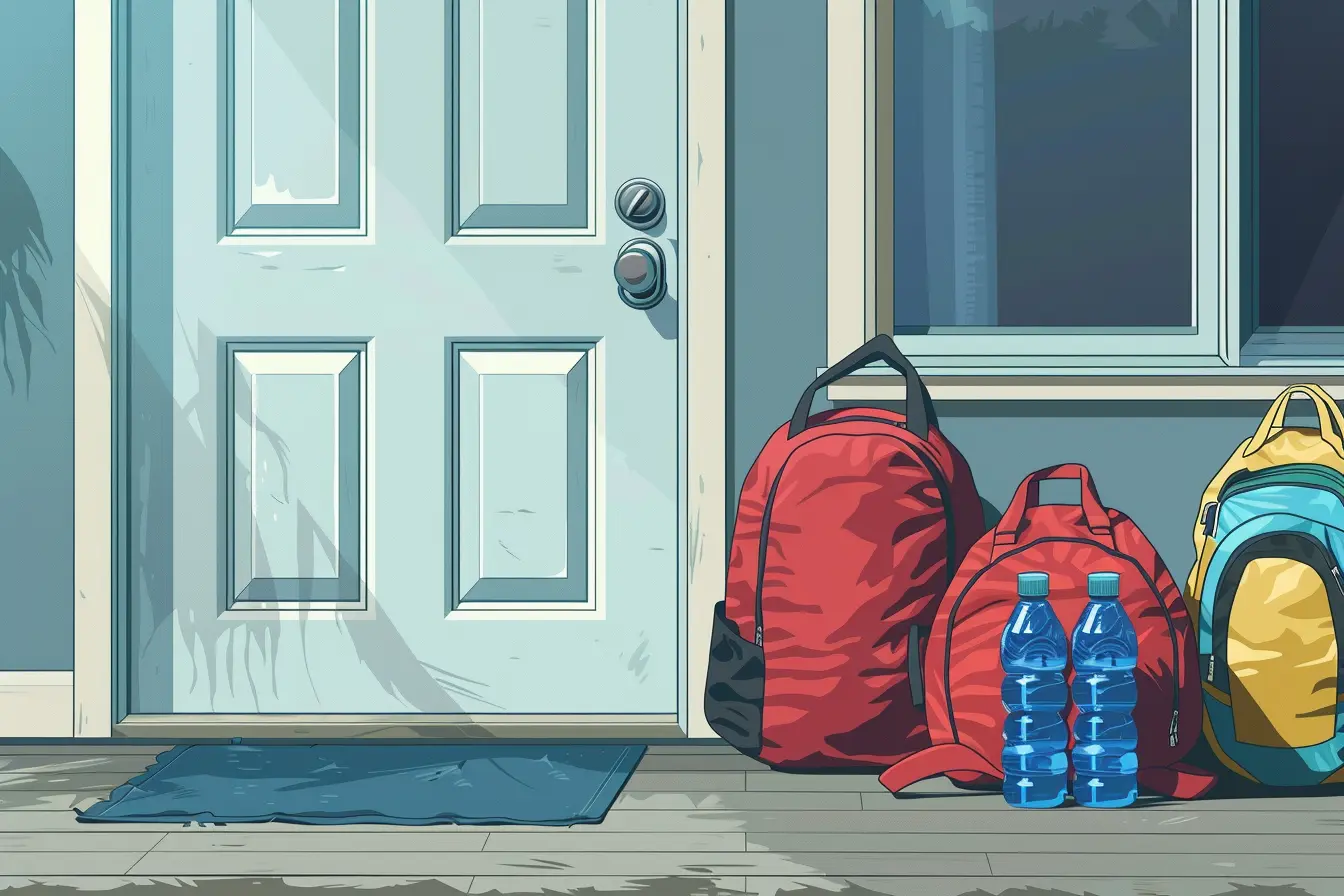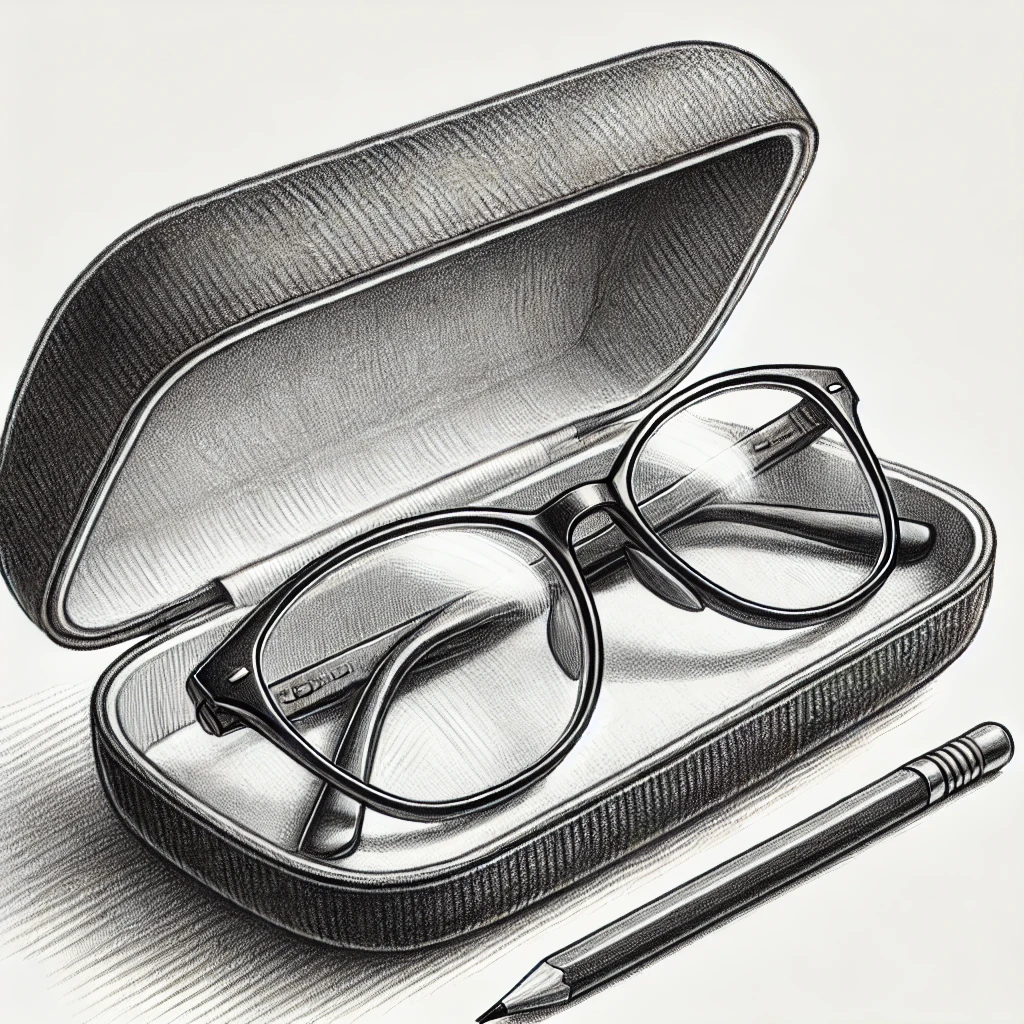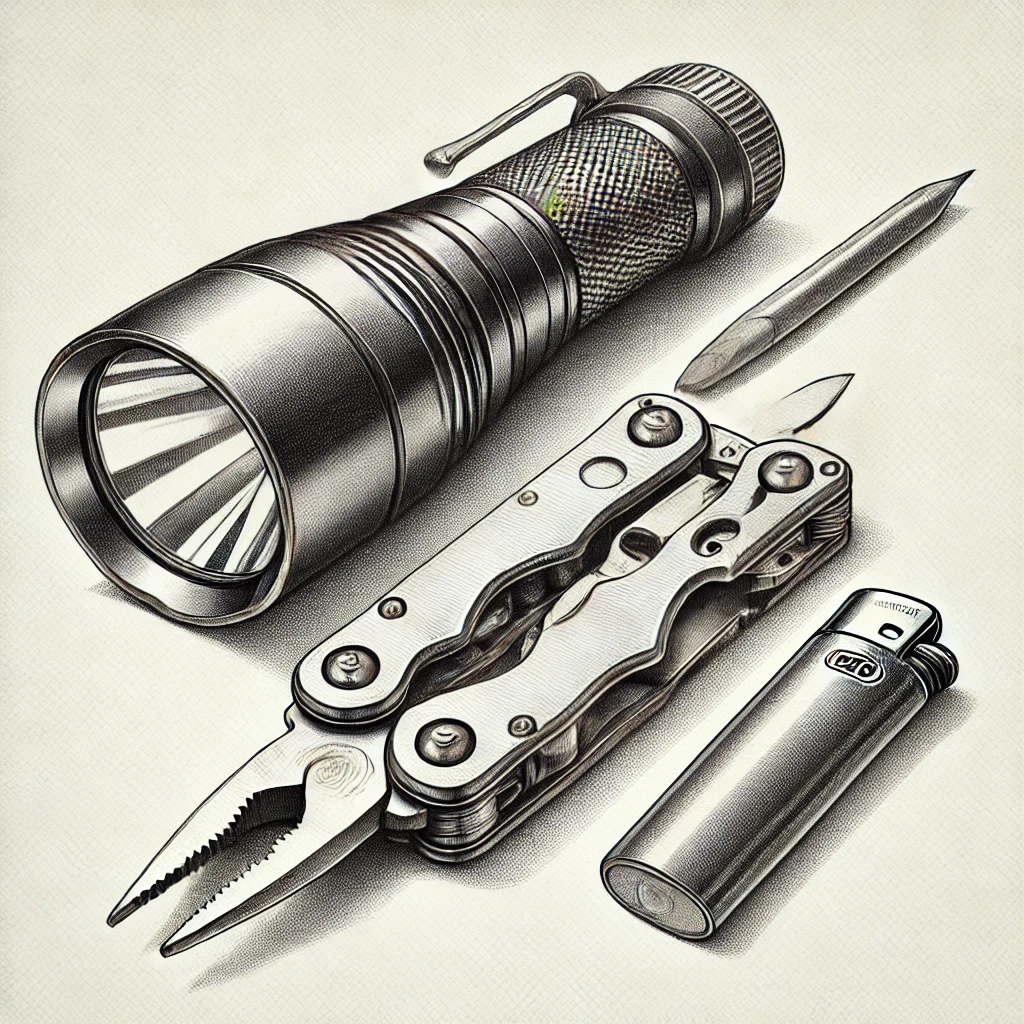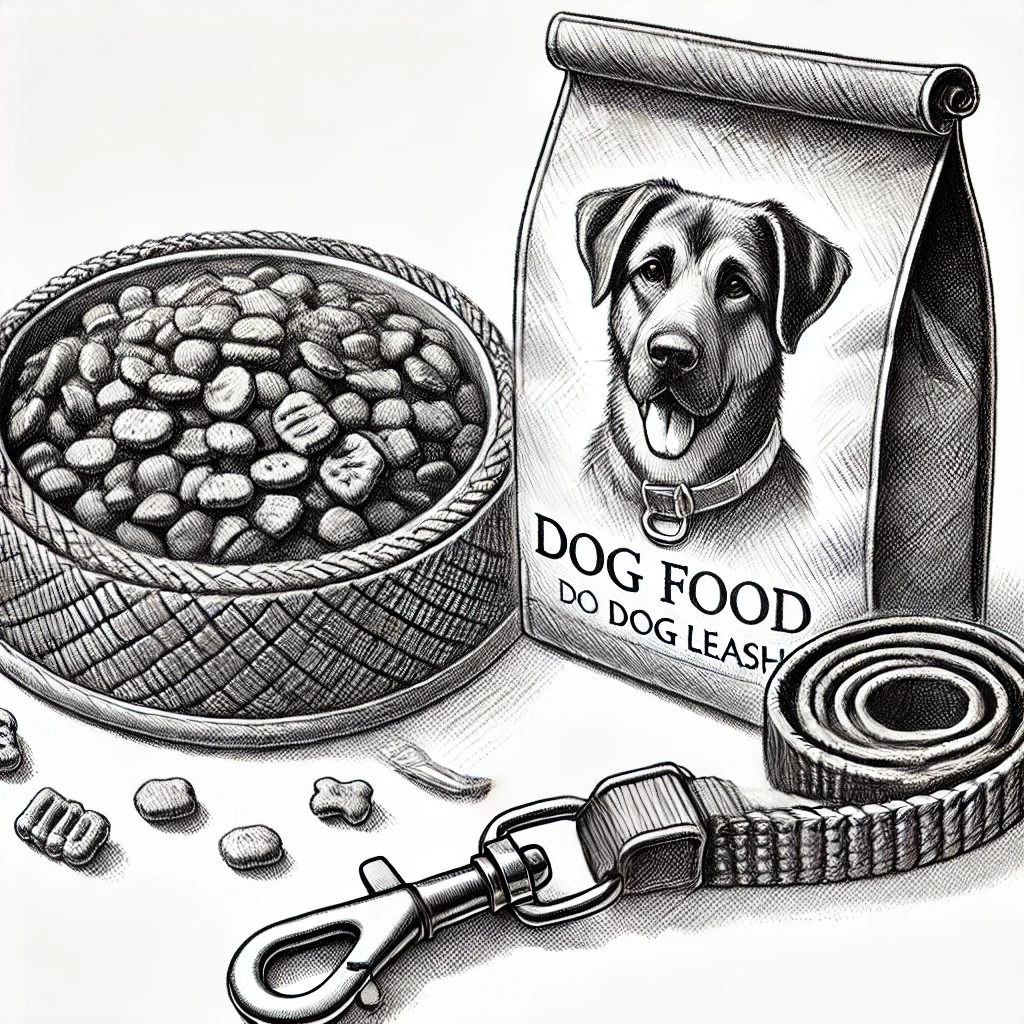Essential Contents to Pack in Less Than 5 Minutes

The first responders are knocking on your door and you’ve got 5 minutes to evacuate. This quick pack job should contain essential items that you can pack in less than five minutes, ensuring you are prepared to evacuate swiftly.
This article outlines those crucial contents.
1. Essential Documents
a. Identification:
Copies of driver’s licenses, passports, and social security cards for all family members.
b. Financial Records:
Bank account information, credit card details, and recent statements.
c. Insurance Policies:
Copies of all insurance policies, including homeowner’s, renter’s, auto, health, and life insurance.
d. Medical Records:
Important medical records and a list of medications.
e. Storage Note:
Store these documents in a waterproof pouch like a big zip loc or plastic grocery bag.

2. Personal Items
a. Clothing:
A change of clothes for each family member, including sturdy shoes and weather-appropriate outerwear. Grab jackets and hats.
b. Personal Hygiene:
Basic toiletries such as toothbrushes, toothpaste, soap, hand sanitizer, wet wipes, and feminine hygiene products.
c. Medications:
At least a week’s supply of essential prescription medications, along with a copy of the prescriptions.
d. Eyewear:
Extra pair of glasses or contact lenses and solution.
3. Food and Water
a. Water:
At least one gallon of water per person per day for three days, if possible. Include portable water purification tablets as a backup.
b. Non-Perishable Food:
Easy-to-carry, non-perishable food items such as energy bars, dried fruit, nuts, and canned goods with a manual can opener.
.webp)
4. First Aid and Health
a. First Aid Kit:
A basic first aid kit containing bandages, antiseptic wipes, adhesive tape, scissors, tweezers, and pain relievers.
b. Personal Health Supplies:
Any necessary medical equipment, such as inhalers, EpiPens, or blood glucose monitors.

5. Tools and Supplies
a. Flashlight and Batteries:
A reliable flashlight with extra batteries or a hand-crank flashlight.
b. Multi-Tool:
A multi-tool with various functions, such as a knife, pliers, and screwdrivers.
c. Whistle:
A whistle to signal for help.
d. Portable Chargers:
A fully charged portable battery and/or USB charger for mobile phones and other devices.
e. Lighter / Matches:
A lighter or pack of matches may come in handy.
6. Communication and Navigation
a. Mobile Phone and Charger:
Ensure your mobile phone is fully charged and pack a charger or portable power bank.
b. Local Maps:
Physical maps of your area and evacuation routes in case GPS is unavailable.

7. Miscellaneous Items
a. Cash:
A supply of cash in small denominations.
b. Pet Supplies:
If you have pets, include pet food, water, medications, leashes, and carriers.
c. Comfort Items:
Small comfort items for children, such as a favorite toy or blanket.
Packing Tips
a. Pre-Pack Essentials:
Keep a pre-packed bag with most of these items ready to grab in an emergency.
b. Checklist:
Have a checklist of items to quickly add to your pack, such as medications, documents, and personal items.
c. Strategic Placement:
Store your emergency fast pack in an easily accessible location, such as near the front door or in your vehicle.
Wrap-Up
Packing in five minutes is nerve racking, but possible. By including essential documents, personal items, food and water, first aid supplies, tools, communication devices, and other critical items, you can be better prepared to protect yourself and your loved ones.
If you can, take the time today to assemble an emergency kit (see our section on a complete list of items), and regularly update its contents to ensure everything is in good condition and up-to-date. Being prepared can make all the difference in a crisis.